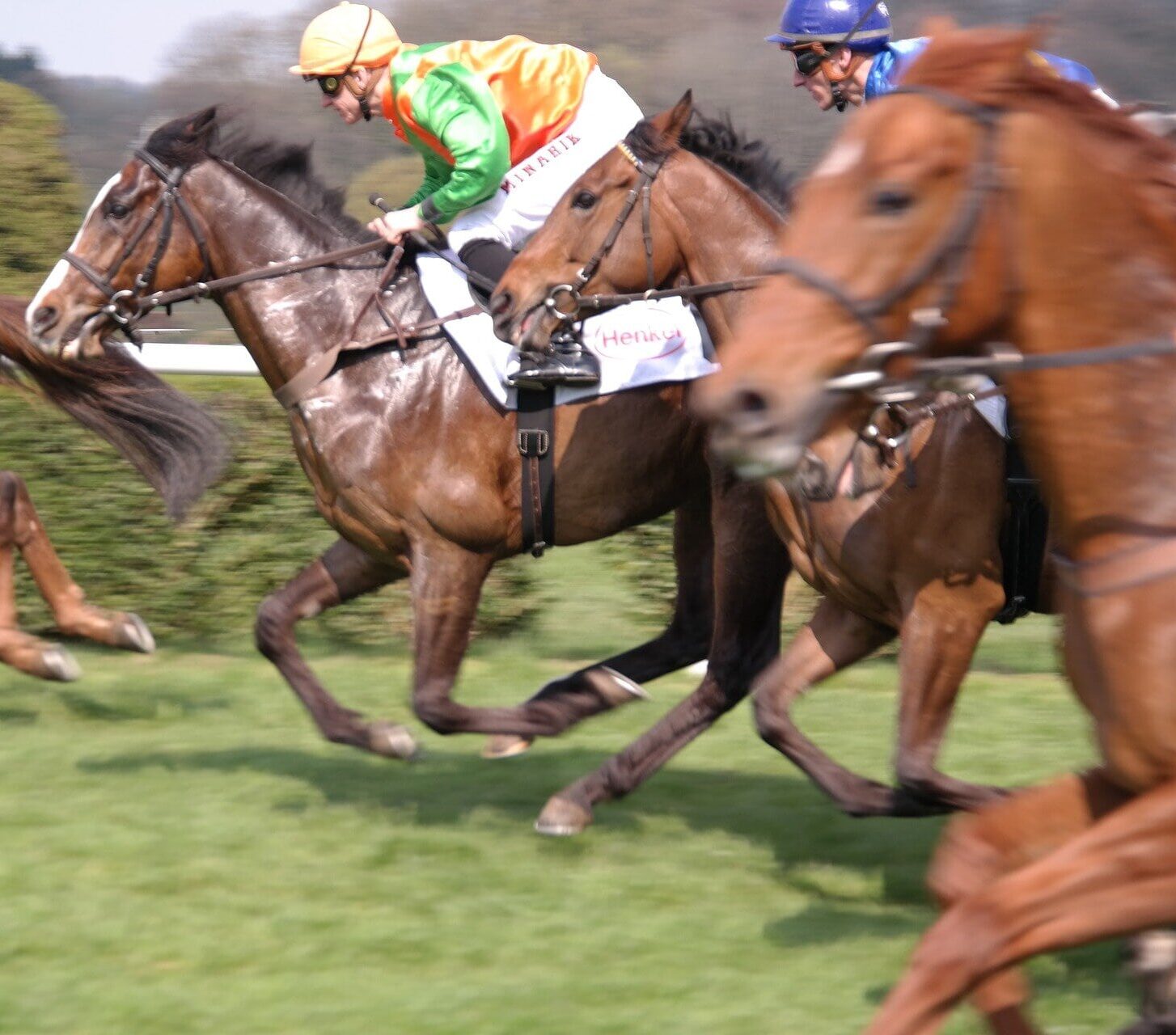I get asked this all the time – “Which horse will win the next race?”. The correct answer is always I don’t know. No one does. If they did then they wouldn’t call it gambling.
Horse racing isn’t black and white. Horses are not machines; they are not even as reliable as humans (and we are really unreliable). So we can never be sure that a particular horse will win the race.
So if it’s so unpredictable, what can we know? Well we can know—or at least make a decent good estimation of—the likely chance of a horse winning. And this number is important!
Now less knowledgeable punters will likely think ‘this is the best horse so I’m going to bet on it’. What’s wrong with that you might ask? Well, there was no consideration for value.
The best horse might have a 30% or a 60% chance of winning the race—and that changes everything!
Let’s say the odds are Evens. This implies that the chance of the horse winning is 50%. Now if you the horse has a 60% chance of winning the bet then it has good value! Let’s look at this over 100 bets. So it will win 60 races and lose 40 on average. Using a £10 stake we can see the following:
40 Lost: 40 X -£10 = -£400
60 Won: 60 X £10 X Evens = +£600
100 Bet Profit: £600 – £400 = +£200
So the horse with a 60% chance of winning at evens gives us a £200 profit over 100 bets and an impressive ROI of +20%!
How about a horse with a 30% chance of winning. Let’s also look at this over 100 bets. So it will win 30 races and lose 70 on average. Using a £10 stake we can see the following:
70 Lost: 70 X -£10 = -£700
30 Won: 30 X £10 X Evens = +£300
100 Bet Loss: £300 – £700 = -£400
So the horse with a 30% chance of winning at evens gives us a £400 loss over 100 bets and a dismal ROI of -40%!
As you can see, despite both horses being the best horses in the race, only one of those is a good bet! The long term profit or loss is completely dependent on the value! You need to be compensated richley for the risk of it losing.
To understand the value we need to know how to convert the odds into implied probability. For this we need to use the decimal form of the odds. To convert fractional odds to decimal, simply work it out over 1, then add one. For example:
2/1 = 2 + 1 = 3.0
7/2 = 3.5/1 = 3.5 + 1 = 4.5
15/2 = 7.5/1 = 7.5 + 1 = 8.5
10/1 = 10 + 1 = 11.0
Once we have the decimal odds we simply need to divide 100 by the decimal odds. So for example:
Evens = 2.0 = 100/2 = 50%
2/1 = 3.0 = 100/3 = 33.33%
4/1 = 5.0 = 100/5 = 20%
9/1 = 10.0 = 100/10 = 10%
So how do you determine the chance of a horse? Well, that is the question. The best way is to take the emotion out of your decision and try to be as neutral as possible. Another good tool is statistics. Statistics are completely unemotional and by their nature lend themselves to percentages. And finally, get studying. Watch as much racing as possible. Learn how the jockeys, the draws, the weights, the going, the distances and many more factors affect the probabilities.
But most of all, just have fun. I thoroughly enjoy studying hard to beat the bookies and get an edge with my selections. However, I appreciate it’s not everyone’s thing. If it’s not, then I don’t know, maybe give a tipster a try!

